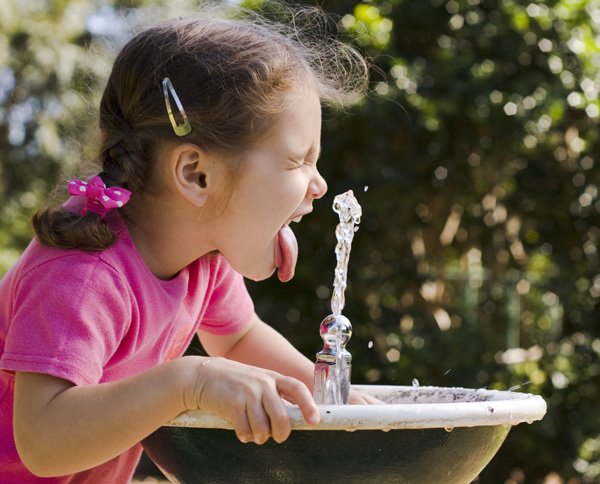
What are the potentially dangerous elements in the water we drink? Water Health
What are the potentially dangerous elements in the water we drink? Find out the elements in our water supply – The Water Health Considerations
With the ever-increasing number of water purification and filtration products, care must be taken whenever you choose a product to understand potential health issues. Water Health should be on everyone’s mind. We need to know what potential chemicals are in our water system.
This article provides a non-exhaustive list of chemicals and byproducts that may be in our water. The information provided regarding metals, elements, and chemicals are often used to filter, disinfect, and purify water. Not all of these should be used as they can be deadly to your health.
TRICK: You can clean up water marks from glass vases. Or fill the vase with water and drop in 2 Alka Seltzer tablets.
Iodine
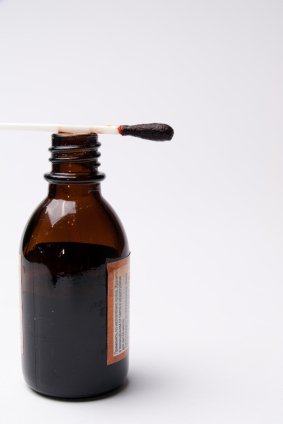 Iodine is a naturally occurring element and is present in many forms. It occurs naturally in the environment. Iodine reaches our waterways through a natural leaching process. It is also contained in table salt. At natural levels of concentrations, Iodine is normally safe for all. It is present in seawater and well as in tap water.
Iodine is a naturally occurring element and is present in many forms. It occurs naturally in the environment. Iodine reaches our waterways through a natural leaching process. It is also contained in table salt. At natural levels of concentrations, Iodine is normally safe for all. It is present in seawater and well as in tap water.
Two grams of concentrated Iodine can be lethal. Iodine at higher levels of consumption can cause thyroid gland-related issues, such as hyperactivity. Other symptoms may occur include inches, bronchitis, sleep disorders, and rashes.
It is also contained in many food groups, in particular, our seafood. It is in the form of thyroxin or tri-iodine thyroxin in fish, oysters, lobsters, and the rest of the seafood group.
Iodine is sometimes used to purify water as it is reactive and can kill bacteria and the like. As the Iodine reacts, it can evaporate.
At the correct levels of human intake, Iodine plays an important. The iodine role is in relation to the creation of thyroid hormones. In humans, there exist about 10-15 milligrams of Iodine. It is recommended that no more than 150 micrograms.
Did you know nearly 20% of your body mass is Carbon!

Chlorine and its impact on Water Health
Chlorine cannot be naturally found. The chlorine elements can be found in the following minerals; Halite, Sylvite, and Carnallite. It can be also be found in seawater as a chlorine ion. In a concentrated form, it is a corrosive and poisonous element. Chlorine is classified as a halogen. Chlorine is a low-level carcinogen. Chlorine is essentially bleach. It is often used to kill microorganisms.
When chlorine is used to purifying water, it reacts to organic matter to form by-products, trihalomethanes (THMs). At high levels of THMs, there is an increased risk of contracting bladder and colon cancer. It is estimated that 38% of all rectal cancers and 80% of bladder cancers are related to the THMs in water. In addition, pregnant women drinking chlorinated water have a higher risk of miscarriage.
There are strong regulations on the amount of safe consumption of chlorine. It is recommended that for healthy people, the maximum regulated intake is no more than five mg/L. Many people (Aesthetic) believe it should be no more than 0.6 mg/L.
Finally, when you purchase tank fish, it stated that you need to de-chlorinize the water before placing fish in the water tank. What is that saying about the status of water health!
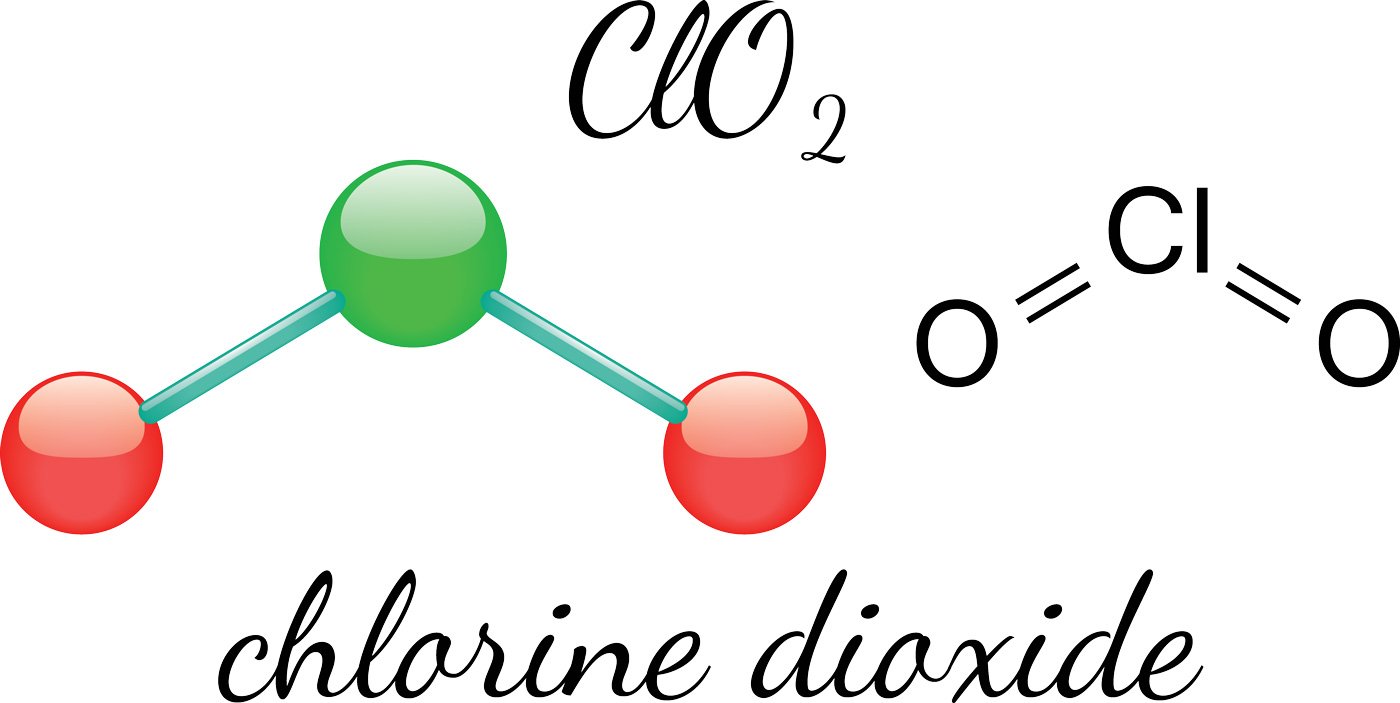
Chlorine Dioxide
Chlorine Dioxide, CIO2, is not a naturally occurring compound. CIO2 is a highly endothermic compound. That is, it can react violently under certain circumstances. Chlorine dioxide is contained in some bleaches. It is often used in bleaching wood pulp. In many countries, CIO2 is not allowed to be transported due to the endothermic properties.
Some water plants use it to purify water. When used in conjunction with water, it reacts very quickly to form a chlorite ion.
Many governments classify chlorine Dioxide as one of the most hazardous compounds to the ecosystem.
The recommended safe levels for human intake are Chlorine Dioxide is 0.8 mg/liter, which is substantially lower than chlorine.
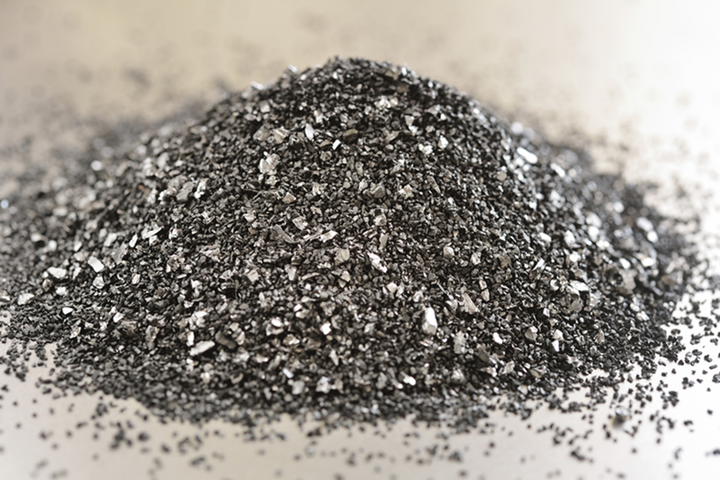
Carbon (Activated Carbon)
Carbon is a naturally occurring element. It is the fourth most abundant element. In all its allotropic forms, carbon is very stable. Carbon has very low toxicity and can be ingested safely. Activated carbon is a form of carbon that has been processed to make it extremely porous.
As activated carbon has excellent absorbing qualities, it able to absorb volatile organic chemicals. Activated Carbon helps improve water health.
Silver
Silver is a rare basic element. Silver is used in some cases in conjunction with water filtration devices. Silver particles are bonded to parts of the water filtration device. This practice aims to stop bacterial and fungal growth, as silver is a natural deterrent.
The US Food and Drug Administration considers it not safe or effective against the disease. The US EPA recommends that silver should not exceed 50 ppb
Large dosages of silver can result in coma and hemolysis. It is believed that silver is toxic to bone marrow when taken in large dosages.
Silver can have some severe side effects;
Argyria. It discolors the body, making it bluish-gray, and is an irreversible condition.
Neurologic problems including intestinal ulcers, seizures, and kidney damage
May interfere with the absorption of some prescription drugs, including thyroxine and penicillamine.
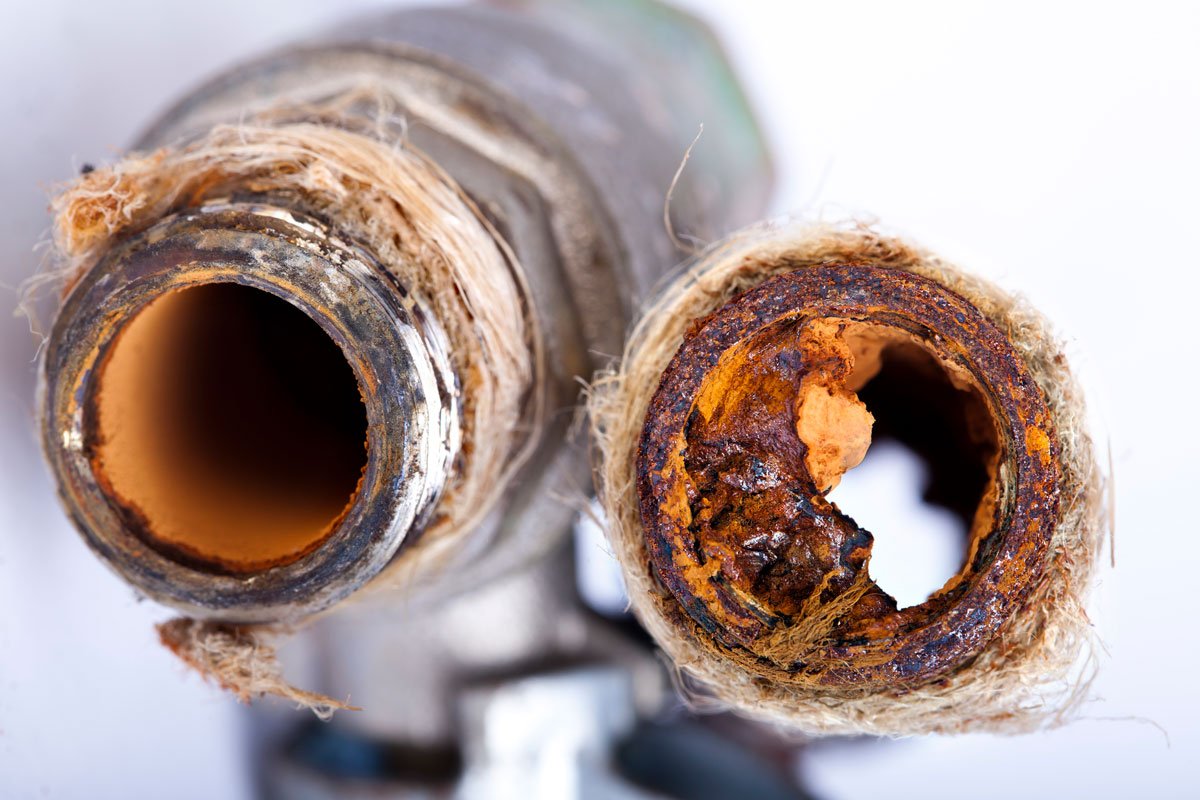
Copper – how much copper before ruining water health
Copper is a naturally occurring metal. It can be found in plants, rocks, soil, and water. It is used in pesticides (as a compound) to control algae. Copper is an essential element for humans at the correct levels.
Copper is naturally found in drinking water at a rate of less than four µgrams/liter. When you have excessive copper intake, some immediate symptoms include vomiting, diarrhea, and nausea.
In extreme cases, it can cause kidney and liver damage.
It is recommended that copper intake should not be more than 1300 µµgrams/liter.
Copper is not typically used to filter water but instead used for its electrolytic qualities. That is, used in the electro-chemical purification process.

Zinc
Zinc is a naturally occurring mineral and can be found in water and most food groups. In regular water supplies, the concentration levels are around 5-10 ppb, in seafood anywhere from 3 to 900 ppm. This is well within the limits of the World Health Organisation regulated limit of 5 mg/liter.
In most humans, there are about 2-3 grams of zinc. Humans need to intake around 2-3 grams per day to prevent zinc mineral deficiencies. Zinc deficiencies may result from loss of appetite and loss of taste.
Overdosing on zinc is very rare. Substantial dosages of zinc are required over 4-8 grams. Some of the symptoms of zinc overdose are vomiting, nausea, diarrhea, and fevers.
When zinc is in a salt form in water, the water appears milky. The taste of water may not make water conducive to drink zinc has low toxicity for humans and is an essential mineral, at the appropriate level, in humans and animal diets. It is necessary for the enzymatic process, DNA replication, sexual development, the human hormone insulin.
Zinc is often used in fungicides and insecticides. It is not classified or considered as a water hazard.
Zinc is not usually used to filter water but instead used for its electrolytic qualities. That is, used in the electro-chemical purification process
Lead
Lead, Pb, is very well known to be toxic heavy metal and very unsafe for human consumption, especially for children and pregnant women. The significant forms of lead intake are via our water up to 30%, through inhalation (it was common in petrochemical products, gasoline, and petrol), and via our food, up to 55%. Lead is rated as a toxic pollutant, and lead salts a high water hazard classification.
Under stable conditions, lead does not react to water though once exposed to air. It creates a lead oxide, PbO, and lead hydroxide (Pb(OH)2).
Plants, including fruit and vegetables, can contain very unhealthy high levels of lead, up to 500 ppm. That is 50 times above the recommended safe level. Most countries have outlawed lead pesticides.
Lead is not known to be used in any filtration or purification processes. It typically enters into our water systems through old piping, mining sites, and waste dumps. (paint did contain lead as well as batteries, TV screens)
Some of the symptoms and impacts of excessive lead in humans include stunt of growth in children, mental development in children, physical development of children, brain damage, colic’s, skin pigmentation, damage to kidneys, damage to the reproductive system, carcinogenic, menstrual disorder, infertility, damage to the nervous systems and red blood cells. Lead poising can lead to death. There is a direct relationship between the level of damage to the level of lead in the human body. Many of the harmful symptoms are irreversible.
The regulated, safe limit by the World Health Authority and US Environmental Protection Agency of lead in water is 10 ppb or 10 micrograms per liter (µg/litre).
Lead does occur naturally in water and in humans. Humans have about 120 grams of lead in their bodies. Freshwater fish have anything from 0.5 to 1000 ppb (eat fast-growing young fish), oysters have up to 500 ppb. Seawater has small traces (2-30 part per trillion liters) of lead naturally occurring.
Ozone in our water
Ozone, O3, is a naturally occurring element and often used in the water purification disinfection process. It is one of the most potent oxidating agents available. It will bind in a sub-second to many bacteria, viruses, odors, cysts, and oocysts. Ozone’s main characteristics are that it has no by-products when it oxides with foreign material. It has clean characteristics.
Ozone is generally a very safe substance to work with with a half-life in water of about 30 minutes. Due to the half-life, it is safe in the water.
At high levels of concentration, normally in an industrial environment, ozone can be harmful if inhaled. It is recommended that ozone levels should be no higher than 0.06 ppm for up to 8 hours. Some symptoms of excess high concentration levels of ozone include headache, chest restrictions, and dryness of the mouth and throat.


